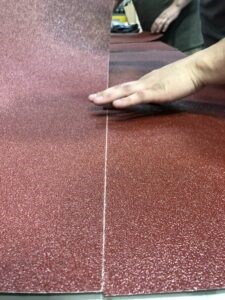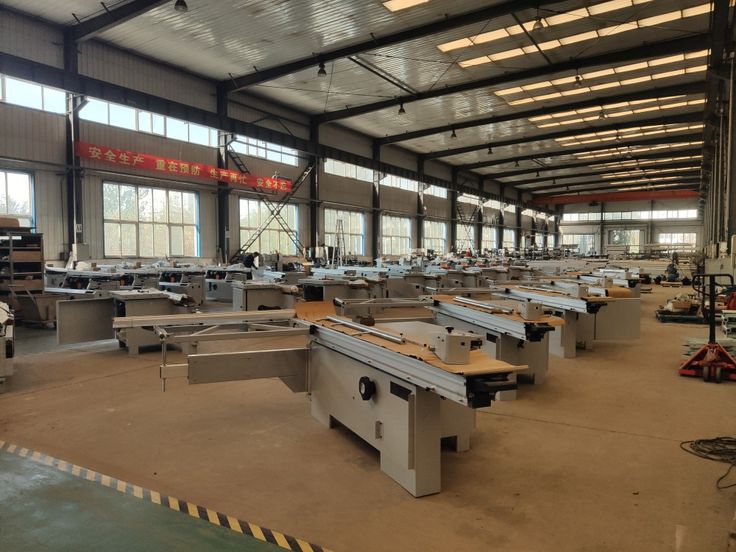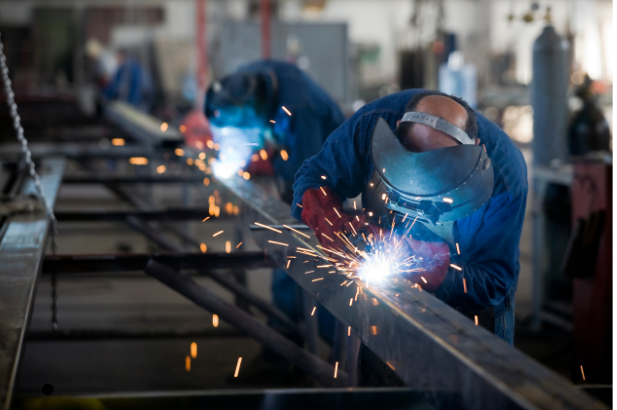
DRESSING PLATE – WIDE FACE ABRASIVE NON-WOVEN BRUSH
Care and feeding of Non-woven Brushes.
Because of the tendency of non-woven nylon brushes to wear faster in some areas, it is necessary to dress the brushes periodically to bring the brush dimension back to a cylindrical shape.
This is done through the brush dressing plate.
The nature of the dressing plate is to have a flat metal plate covered with one side adhesive sandpaper strips, typically aluminum oxide grit 60.
This dressing process with grit 60 removes a significant amount of grit from the top layer of the brush being dressed. The result is a cylindrical shape with a brushed surface without grit; to a depth of about 1/32 to 1/16 of an inch.
This otter layer of the brush is non-abrasive nylon. Therefore, the first few workpieces processed after dressing require a slightly higher load to remove the non-abrasive nylon layer and expose fresh grit.
The result during this process can be a different surface finish than expected. Thus, we recommend putting non-intrusive scrap material through, until the desired finish is achieved again.
A long time ago, we use to run a piece of wood dry through the brushes and burn the nylon strands down to grit caring strands. We do not recommend doing this.
When I apply too much pressure on the brush while running on the 80grit dressing board, I will tear the grit off the scotchbrite fiber and leave the fiber. The fiber is non-abrasive and just under that layer of fiber is fresh grit.
The best way to deal with that is a second dressing board with grit 120 to grind those fibers off. The fibers are visible when you spin dry the brush in form of a fuzzy, soft surface.
That condition does not cut metal!
The dressing plate should be covered with wet or dry coated abrasive paper with an adhesive back.
Now glue the strips not at 90 degrees to the direction of travel but at about a 10-degree angle. Leave a gap of about an inch and glue down the next strip. Fill the rest of the plate the same way. The purpose of the angle is to progressively or spiral cut across the face of the brush.
The purpose of the gap is a space for the swarf to get rinsed off and not get worked into the rest of the sandpaper. This results in along service life of the dressing plate.






